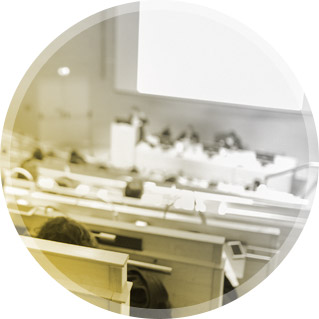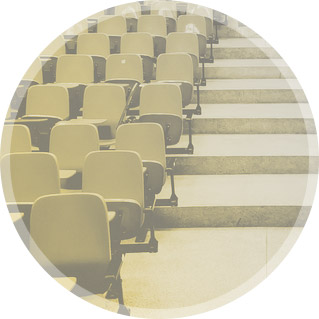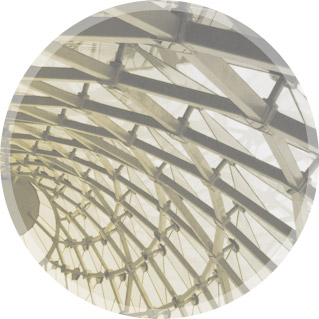Dunwoody College of Technology
School of Design
The school roots its architectural education in a tradition of community engagement, social responsibility, and leadership in the profession, both locally and globally.
https://dunwoody.edu/design/
Setting

Programs

of Focus

Opportunities

Facilities

Policies
You will work on projects with real clients and receive feedback from working professionals. As you move through your degree program, you will build a strong portfolio that shows both the technical expertise you have gained and your ability to creatively problem solve. You’ll also gain real-world experience through field trips, industry speakers, and internship opportunities.
School Philosophy
At Dunwoody we educate designers who bring together strong technical skills with creativity, leadership skills, and a focus on the public interest. We combine design thinking with real-world applications and hands-on learning. We are proud of our ongoing relationships with industry partners that enriches our student experience and strengthens our professions.
Dunwoody Architecture is a 2+3 associates and bachelors completion degree program offered within the Construction Sciences and Building Technology Department. Students earn an associate's degree in Architectural Drafting & Design after two years of coursework. Students who pursue an additional three years of study earn a bachelor's degree in Architecture and gain the capacity to become licensed, practicing architects.
In their first two years, students pursue an Associate of Applied Science degree in Architectural Drafting and Design. Students will become experts in current design and building technologies, making them ideal employees in architecture, building design, and construction industries. Students develop skills in a wide array of design technologies including sketching, drawing, manual drafting, digital drafting, physical modeling, digital and parametric modeling, building information modeling, architectural visualization, and digital fabrication. Students acquire a strong knowledge of building technologies including structural systems, building envelope systems, building service systems, building environment systems, building codes, and project management. Students develop professional skills through portfolio and project management courses, opportunities for governance, and frequent interaction with professionals in and out of the classroom. Concurrently, students engage in Arts & Sciences courses in oral and written communications; math and science; social and behavioral studies; and the arts and humanities.
Students harness advanced design and building technologies as a design tool to conceive of comprehensive architectural works. Students acquire leadership skills during practice-based studios with real world projects serving under-served communities worldwide. To support these public interest design initiatives, concurrent courses include professional practice and Architectural Registration Exam preparation. Students learn to design in historical and cultural contexts through courses in history, theory, culture, service learning, community and civic engagement, and design build projects.
1. Building Technologies
2. Design/Build
3. Digital Design & Visualization
4. Digital Fabrication & Technology
5. Industry Collaborations
6. Materials and Construction
Transfer Policies
Discover where you’ve always belonged. Success in college begins with finding the right fit. At Dunwoody, you’re surrounded with a community of people just like you. Focused. Motivated. Determined. In fact, nearly 60 percent of all Dunwoody students have had previous college experience.
Technical requirements will be reviewed by Dunwoody faculty for the application of a block transfer of credits. A cumulative GPA of 2.0 or higher will be considered for a technical block transfer. The general education course(s) under consideration must be comparable in nature, content, and level to a course offered by Dunwoody or fulfill a general education elective. Specific technical or mathematic courses taken outside of the last 5 years may be reviewed for content relevancy. Experiential learning such as study abroad, independent study, workshops, field experience, and internships may or may not transfer, depending on the level and the comparability of the learning experience. Lower-division credits may transfer as upper-division if the course content and rigor is comparable and allows the student to meet the upper-division degree major requirements.
Block transfers are found on a student’s academic plan and credit counts vary depending on the completion degree. Students can earn up to the listed amount of block transfer credit. Additional transfer credits accepted beyond the block transfer amount are reviewed per course and must be comparable in content and rigor to a course listed on the degree program’s academic plan.



